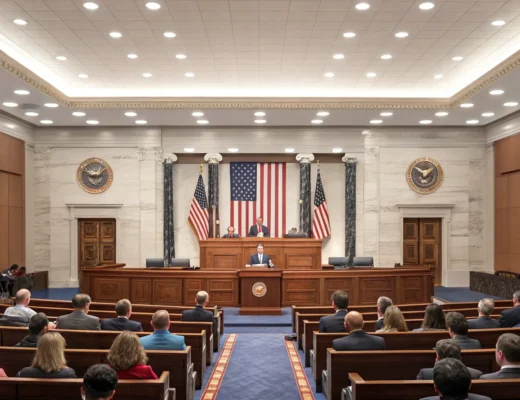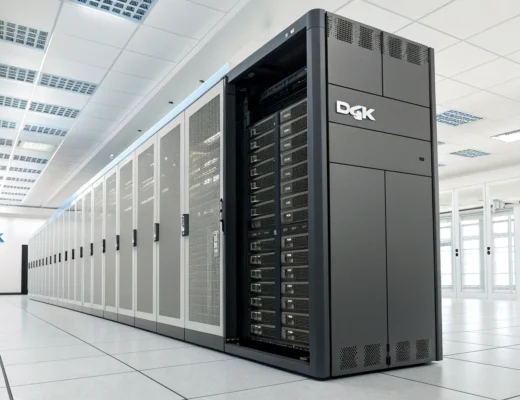Companies are urging policymakers to put in place a
lasting support plan as energy bills tick up again for millions of households. A 2% increase is set to lift costs for families and small firms, renewing pressure on budgets as colder months approach. The call signals growing concern that short-term relief measures are not enough to manage ongoing price volatility.
The appeal comes as households face another round of higher charges. Business groups and consumer advocates warn that even a small percentage rise can weigh on lower-income families and firms with thin margins. They argue a dependable system of aid would reduce uncertainty and help people plan.
Companies called for an “enduring” support scheme as energy prices rise by 2% for millions of households.
Why Prices Are Rising Again
Energy
prices remain sensitive to global fuel markets, network costs, and seasonal demand. Even modest
moves can shift bills for large numbers of customers. Many households have already adjusted to earlier increases,
cutting usage where possible and delaying discretionary spending.
While wholesale costs have eased from previous peaks, experts note that volatility has not disappeared.
Supply risks, maintenance outages, and weather patterns can still push prices higher. In this environment, advocates say families need steadier protections that do not expire after one season.
What Companies Want From Policymakers
Firms argue that a longer-term policy would create predictability for both customers and suppliers. They say ad hoc support makes it hard to invest in service and infrastructure while also shielding vulnerable users.
A business representative described the goal as creating a clear framework that does not change suddenly. Such a plan, they argue, should balance affordability with the need to fund networks and clean energy projects over time.
- Stable support that lasts through market swings
- Targeted help for low-income households
- Incentives for efficiency to lower consumption
- Clear timelines so families can plan budgets
Household Impact and Consumer Concerns
For households, a 2% rise may mean cutting back elsewhere. Consumer groups say the
effect is sharper for people already spending a large share of income on utilities. They warn of increased arrears and more calls to
debt advice services if prices keep edging up without firm protections.
Renters and residents in older, less efficient homes face higher usage needs. Without upgrades or support, these customers can pay more over time despite using energy for basic needs. Advocates push for measures that reduce bills permanently, not only temporary discounts.
Policy Options on the Table
Several tools are being discussed by stakeholders. The aim is to combine affordability with measures that reduce demand and exposure to price spikes.
Potential options include a
targeted social tariff for the most vulnerable, bill credits during peak-cost periods, and expanded funding for insulation and heat efficiency. Suppliers also note that clearer rules on repayment plans could prevent debt spirals for customers who fall behind.
Industry and Market Implications
Energy companies face their own pressures, including investment needs and regulatory obligations. A predictable support system could stabilize cash flows and reduce emergency interventions. That, in turn, might encourage investment in grid upgrades and domestic generation, which can ease price shocks over time.
Analysts add that demand reduction remains the fastest way to cut bills. They point to efficiency programs and smart metering as tools that help customers manage usage. However, these programs often require upfront spending or clear guidance to be effective at scale.
What Comes Next
With households confronting another increase, pressure is growing for a durable policy response. Companies and consumer advocates align on one point: short bursts of relief, while helpful, do not solve recurring price strain.
Lawmakers face a choice between extension of existing measures and a more permanent scheme that adjusts as market conditions shift. The key tests will be whether aid is well-targeted, easy to access, and predictable from one season to the next.
As the 2% rise takes effect, attention will turn to the shape of any long-term plan and the timing of decisions. A policy that blends
targeted discounts with efficiency improvements could ease bills now and reduce exposure later. Watch for clarity on who qualifies for support, how long it will last, and how it will be funded without raising future costs for the same households it aims to help.







